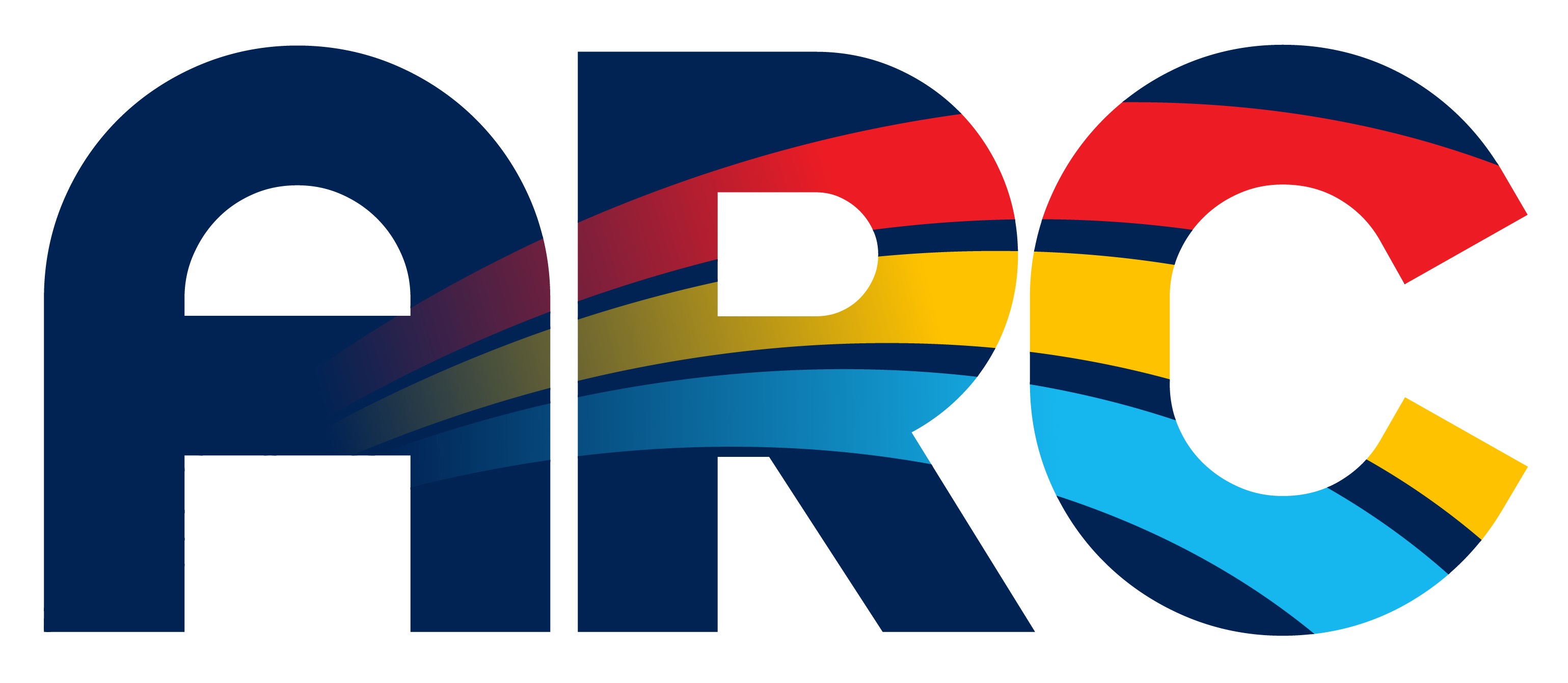Hierarchies of Gender and Class in French Film Adaptations of "Beauty and the Beast"
Presenter Status
Undergraduate Student, The Department of International Languages and Global Studies
Presentation Type
Oral presentation
Location
Buller Hall, Newbold Auditorium
Start Date
24-5-2019 3:45 PM
Presentation Abstract
This paper will examine the two major French film adaptations of this classic fairytale—the 2014 version directed by Christophe Gans and the 1945 version directed by Jean Cocteau—as they re-imagine a story first conceived orally in folklore in the Middle Ages, then written and published for the newly literate in the 18th century, and finally transmitted to film in the 20th century. In the analysis of the evolution of the fairytale, the influence of the medium on the message of the story will be scrutinized, as well as the influences of the shifting cultural and historical context. Furthermore, this paper will evaluate themes of gender and class relations manifested in the iterations of the “Beauty and the Beast” story in how this tale specifically designed to inculcate domestic values of marriage and filial piety in young bourgeois women in the 18th century evolved over time to include added emphasis on the character of the Beast, and how the films address issues of class and gender relations more generally with respect to the time and culture in which the films were released.
Biographical Sketch
The presenter is a rising senior working towards a BA in English, with a Writing Concentration, as well as a BA in French for International Trade. She hopes to continue to participate in research that takes an interdisciplinary approach.
Hierarchies of Gender and Class in French Film Adaptations of "Beauty and the Beast"
Buller Hall, Newbold Auditorium
This paper will examine the two major French film adaptations of this classic fairytale—the 2014 version directed by Christophe Gans and the 1945 version directed by Jean Cocteau—as they re-imagine a story first conceived orally in folklore in the Middle Ages, then written and published for the newly literate in the 18th century, and finally transmitted to film in the 20th century. In the analysis of the evolution of the fairytale, the influence of the medium on the message of the story will be scrutinized, as well as the influences of the shifting cultural and historical context. Furthermore, this paper will evaluate themes of gender and class relations manifested in the iterations of the “Beauty and the Beast” story in how this tale specifically designed to inculcate domestic values of marriage and filial piety in young bourgeois women in the 18th century evolved over time to include added emphasis on the character of the Beast, and how the films address issues of class and gender relations more generally with respect to the time and culture in which the films were released.




Acknowledgements
The Undergraduate Research Scholarship funded this research project.